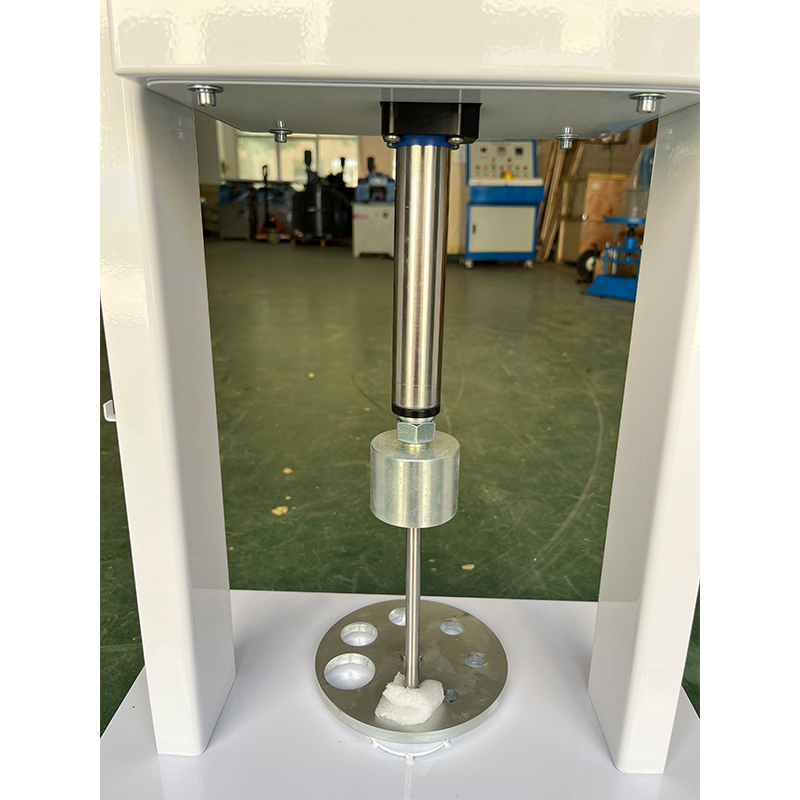Innovative UV Crosslinking Equipment for Enhanced Material Bonding and Durability
UV Crosslinking Equipment A Comprehensive Overview
Ultraviolet (UV) crosslinking technology has emerged as a frontier in material processing, especially in industries where adhesives, coatings, and inks need rapid curing. UV crosslinking equipment plays a pivotal role in this process, offering several advantages over traditional curing methods such as heat or chemical processes. This article provides a comprehensive overview of UV crosslinking equipment, its significance, operational mechanisms, and applications across various sectors.
Understanding UV Crosslinking
UV crosslinking involves the application of ultraviolet light to initiate polymerization in substances such as inks, adhesives, and coatings. The UV energy causes a photoinitiator in the material to generate free radicals, leading to a reaction that bonds the polymer chains together, thus enhancing the material's strength, durability, and resistance to environmental factors.
Advantages of UV Crosslinking
1. Speed of Curing One of the most significant benefits of UV crosslinking equipment is its speed. Curing times can be reduced from hours to mere seconds or minutes, enabling higher production rates and greater efficiency.
2. Energy Efficiency UV curing requires less energy than traditional thermal drying processes. This energy efficiency translates into cost savings for manufacturers while also reducing environmental impact.
3. Quality of Finish UV-cured coatings and inks typically exhibit superior hardness and scratch resistance. This quality ensures a high-performance finish that meets the demands of various applications, particularly in automotive and industrial sectors.
4. Minimized VOC Emissions UV crosslinking technology often utilizes materials that emit fewer volatile organic compounds (VOCs), which are harmful to both health and the environment. This attribute makes UV curing a more environmentally friendly option.
Operational Mechanisms of UV Crosslinking Equipment
UV crosslinking equipment typically includes a UV light source, a conveyor system, and a curing chamber. The UV light source, which can be mercury vapor lamps or LED systems, serves as the primary energy input that triggers the polymerization process.
uv crosslinking equipment

1. Light Source Different wavelengths are available depending on the specific requirements of the material being cured. UV LEDs, for instance, are increasingly popular due to their long lifespan, low heat output, and immediate start-up capability.
2. Curing Chambers These are designed to provide a controlled environment where the curing process occurs. The design can vary significantly, from compact tables for small-scale operations to larger systems for high-speed industrial applications.
3. Conveyor Systems These systems transport materials through the UV curing zone at a predetermined speed, ensuring uniform exposure to UV light and consistent curing.
Applications of UV Crosslinking Equipment
UV crosslinking equipment finds diverse applications across various industries
- Printing Industry UV inks cured with UV light offer rapid drying times and are widely used in decorative packaging, labels, and commercial printing.
- Automotive Sector UV-cured coatings provide robust finishes for vehicles, enhancing aesthetics and protection against scratches, chemicals, and weathering.
- Electronics UV crosslinking is employed in the manufacturing of printed circuit boards (PCBs) where rapid curing is crucial for efficiency.
- Medical Device Manufacturing The medical industry utilizes UV crosslinking technology to provide high-performance adhesives and coatings that meet stringent regulatory standards.
Conclusion
As industries continue to seek faster, more efficient, and environmentally friendly processing methods, UV crosslinking equipment stands out as a revolutionary choice. With its rapid curing capabilities, energy efficiency, and capacity for delivering high-quality finishes, it is transforming manufacturing processes across various sectors. Embracing this technology not only enhances productivity but also promotes sustainability, making it a crucial investment for the future of manufacturing.
-
QNJ-2/3 Cable Flexibility Test Machine: Precision & Durability
NewsAug.31,2025
-
DQ-F Superfine Wire Conductor Resistance Fixture: High-Precision Testing
NewsAug.30,2025
-
ZC36 High Insulation Resistance: Reliable & Safe Performance
NewsAug.29,2025
-
CX-100 Manual Hydraulic Core Punching Machine - Efficient & Reliable
NewsAug.28,2025
-
Reliable Performance Testing with Advanced Aging Chamber Solutions
NewsAug.23,2025
-
Advancing Precision with Profile Projector Technology
NewsAug.23,2025
 Copyright © 2025 Hebei Fangyuan Instrument & Equipment Co.,Ltd. All Rights Reserved. Sitemap | Privacy Policy
Copyright © 2025 Hebei Fangyuan Instrument & Equipment Co.,Ltd. All Rights Reserved. Sitemap | Privacy Policy

